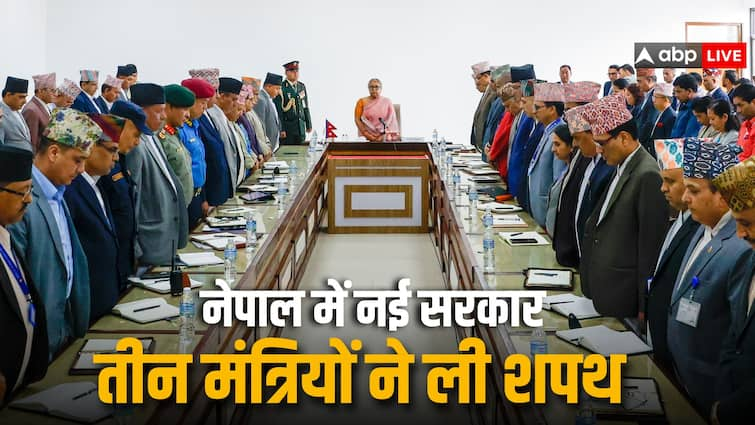- November 20, 2024
India ranked 26th in Children’s Climate Risk: Unicef report highlights urgent action required | India News – Times of India

NEW DELHI: India has been ranked 26th out of 163 countries in Unicef’s “The State of the World’s Children 2024” report, spotlighting the severe climate risks facing its children. The report examines the interplay of demographic shifts, climate crises, and technological advances, identifying these as critical forces shaping the lives of 2.3 billion children projected globally by 2050.
Nearly one billion children worldwide face extreme vulnerability to climate and environmental hazards, with Indian children disproportionately affected. The report reveals that by the 2040s, up to 34 million people in India could be impacted by extreme river flooding, while coastal floods may affect 18 million by the 2070s. Rising temperatures and air pollution are already disrupting education and health systems, compounding risks for children in rural and low-income areas.
On disturbing India’s rank in the Children’s Climate Risk Index (CCRI), Cynthia McCaffrey, Unicef representative to India, said: “But it’s not all India’s fault. Some of the changes that are happening globally impact India, and that’s where, that’s why India must implement its policies, but it also needs the world to continue to make its changes, because we’re all interconnected. We saw that with Covid. Diseases don’t know any borders. They don’t wait for their visa to cross into another border. It’s similar to polluted air or the warming of the planet. They’re not looking for a visa to come into Bangladesh or India or Sri Lanka.”
As per the report, India is projected to host the world’s largest child population by 2050, approximately 350 million, offering a unique opportunity for economic growth. However, realising this demographic dividend requires robust investments in education, healthcare, and climate adaptation measures.
“With one-third of the world’s children concentrated in India, China, Nigeria, and Pakistan, focused interventions are paramount to mitigate climate risks and harness the demographic potential,” the report states.
While advancements in AI and renewable energy promise transformative change, the lack of equitable digital access poses challenges. For underserved Indian regions, the digital divide risks exacerbating socioeconomic disparities unless policies ensure universal and affordable internet access.
McCaffrey is optimistic of India. She backed her optimism to India’s policies.
She said: “India has very comprehensive and thoughtful policies that give a framework at both the national and the state level, and you have a very dynamic young population which is engaging in how to be part of the solution and part of the decisions that are made. I’m optimistic,” as she cited India’s policies such as the National Action Plan for Climate Change (NAPCC) and Mission LiFE to promote sustainability and reduce emissions by 45% by 2030.
Catherine Russell, executive director of Unicef, remarked, “The lives of children in India hinge on decisions made today. By embedding equity and resilience into its policies, India can ensure a sustainable and inclusive future for its youngest citizens.”
The report emphasizes that the actions taken today will shape the reality of 2050. By aligning with the Convention on the Rights of the Child, stakeholders can ensure every child not only survives but thrives, irrespective of geographic or socioeconomic barriers.
As per the report, Unicef’s call for action urges India to scale up climate resilience by investing in sustainable infrastructure, including child-friendly urban designs and resilient educational facilities, bridge the digital divide, invest in education and health, and leverage technology by integrating AI and green technologies to address climate and developmental challenges.







